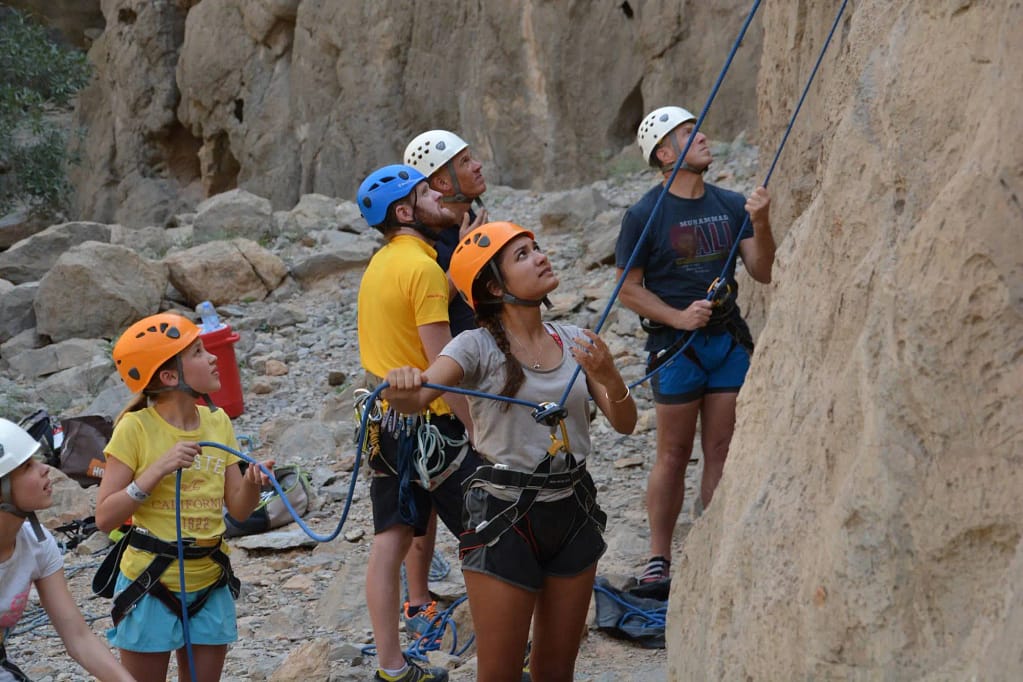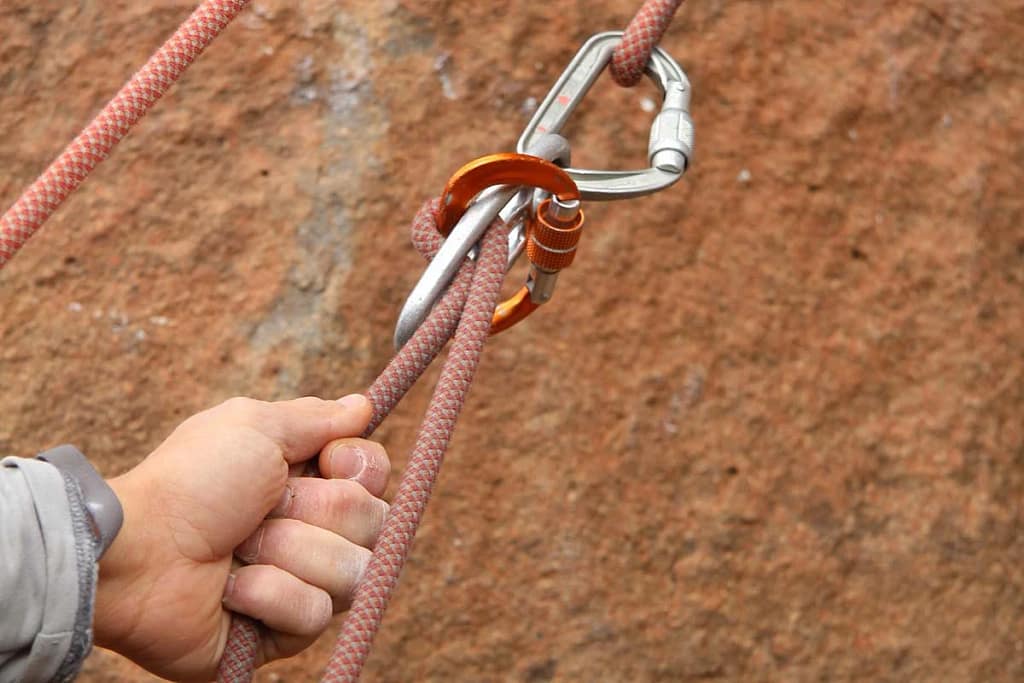Introduction
Rock climbing is an exhilarating adventure sport that combines physical prowess, mental focus, and a deep connection to the great outdoors. Whether you’re a beginner or a seasoned climber, one skill that is absolutely essential for your safety and success in this sport is belaying. Belaying is the art of managing the rope to protect the climber and prevent falls. In this comprehensive guide, we’ll explore the importance of belaying in rock climbing, the various belay techniques, and how to master this critical skill.
Why Belaying Matters

Safety First
Safety is paramount in rock climbing, and belaying is the linchpin of that safety. When a climber ascends the rock wall, they are literally putting their life in the hands of their belayer. The belayer’s job is to ensure the rope is properly tensioned and to arrest any falls, preventing the climber from hitting the ground. Without proper belaying, climbing can be extremely dangerous.
Teamwork and Trust
Climbing is often a team effort, with one person climbing while another belays. This partnership builds trust and relies on effective communication. The climber trusts the belayer to keep them safe, and the belayer trusts the climber to communicate their needs and movements clearly.
Efficiency and Progression
Effective belaying also enhances the overall climbing experience. It allows the climber to focus on their technique and the route ahead, rather than worrying about their safety. When a climber knows they have a skilled belayer supporting them, they can push their limits and progress faster.
Types of Belay Devices
Before we dive into the techniques, let’s explore the two primary types of belay devices commonly used in rock climbing:
Tube-Style Belay Devices
These devices, such as the ATC (Air Traffic Controller), provide a smooth and controlled rope feed. They are versatile and suitable for a wide range of climbing styles, from top-rope to lead climbing. Tube-style devices require proper hand positioning to control the rope’s friction and ensure a safe belay.
Assisted-Braking Belay Devices
Devices like the GriGri offer assisted-braking features that automatically lock the rope if the climber falls or if the belayer releases the brake hand. This added security can be especially valuable for beginners or when belaying a heavier climber.
Belay Techniques
Now, let’s explore some fundamental belay techniques:
Top-Rope Belay

Top-rope climbing is where the rope is anchored at the top of the route, passing through an anchor system, and then down to the climber. The belayer manages the rope’s slack as the climber ascends. Here’s how to perform a top-rope belay:
Prepare the Belay Device: Thread the rope through the belay device according to the manufacturer’s instructions.
Get into Position: Stand close to the base of the climbing wall with your feet shoulder-width apart. Maintain a slight bend in your knees to absorb any sudden forces.
Hold the Brake Hand: Your brake hand should firmly grip the rope below the belay device. The brake hand is responsible for controlling the rope’s tension.
Manage Slack: As the climber ascends, feed out enough rope to keep it taut but not tight. You should always have some slack available to allow the climber to move.
Maintain Attention: Stay focused on the climber and the rope. Be prepared to quickly lock off the rope if the climber falls.
Communicate: Establish clear communication signals with the climber, such as commands for taking in slack, lowering, or stopping.
Lead Belay

Lead climbing involves the climber placing protection (like cams or nuts) as they ascend. The belayer feeds out rope while the climber moves upward. Lead belaying requires additional vigilance compared to top-rope belaying due to the potential for longer falls. The basic steps for lead belaying are similar to top-rope belaying, with a few key differences:
Lead Belay Device: Use a belay device suitable for lead climbing, and understand its operation thoroughly.
Catching a Fall: Be prepared for dynamic falls, where the climber might fall a significant distance. Keep a firm grip on the brake strand to arrest the fall as smoothly as possible.
Feeding Rope: As the climber progresses, you’ll need to feed out rope smoothly and efficiently to reduce rope drag.
Managing Slack: Maintain an appropriate amount of slack to allow the climber to move freely but not enough for them to hit the ground if they fall.
Communicate Clearly: Effective communication is even more critical in lead belaying, as the climber relies on you to provide rope slack and protection.
Mastering Belaying: Tips for Success

Belaying is a skill that requires practice and constant attention. Here are some tips to help you master this vital aspect of rock climbing:
Training and Education: Invest time in learning proper belaying techniques. Enroll in a climbing course or seek guidance from experienced climbers.
Practice: Regularly practice belaying with a partner, especially if you’re new to the sport. Familiarity and muscle memory will improve your skills.
Stay Alert: Avoid distractions when belaying. Your full attention should be on the climber and the rope.
Clear Communication: Establish clear verbal and non-verbal signals with your climbing partner to ensure effective communication.
Safety Checks: Always double-check your belay device, knots, and harnesses before starting a climb.
Learn from Experienced Climbers: Climbing with experienced partners can provide valuable insights and tips for belaying.
Stay Updated: Keep up-to-date with any advancements in climbing gear and safety standards.
Conclusion
Belaying in rock climbing is not just a skill; it’s a responsibility. It’s a skill that every climber should master, as it forms the foundation of a safe and enjoyable climbing experience. Whether you’re a novice or a seasoned climber, belaying is a continual learning process that demands attention to detail, practice, and a commitment to safety.
So, as you embark on your rock climbing adventures, remember that mastering the art of belaying is not only about keeping yourself safe but also about fostering trust and collaboration within the climbing community.
Reference Link : https://www.explore.com/, https://goodtourismblogger.com/